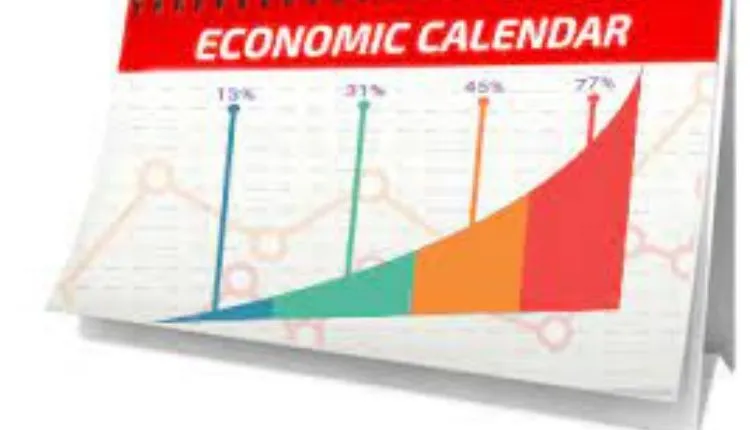Table of Contents
Introduction:
The U.S. economic calendar is an indispensable tool for investors, traders, and policymakers alike. It provides a schedule of key economic events, data releases, and announcements that can significantly influence financial markets and shape economic policy decisions. In this article, we will explore the importance of the U.S. economic calendar, its various components, and how market participants can use it to make informed decisions. From understanding the significance of major economic indicators to gauging the market sentiment, we will delve into the intricate world of the U.S. economic calendar and its role in shaping the financial landscape.
The Importance Of The U.S. Economic Calendar:
The U.S. economy is one of the largest and most influential in the world, and any developments in its various sectors can have far-reaching implications for global markets. The economic calendar plays a crucial role in keeping investors informed about scheduled events, such as interest rate decisions by the Federal Reserve, employment reports, GDP growth figures, and consumer sentiment indicators. By knowing when these releases are due, market participants can prepare for potential volatility and adjust their trading strategies accordingly.
Key Components Of The U.S. Economic Calendar:
- Major Economic Indicators: This section discusses the most critical economic indicators, such as Gross Domestic Product (GDP), Consumer Price Index (CPI), and Nonfarm Payrolls (NFP). It explains how these indicators are calculated, what they signify, and their impact on financial markets.
- Federal Reserve Announcements: The Federal Reserve’s monetary policy decisions, including changes in interest rates and forward guidance, have significant implications for the economy and financial markets. This part of the article outlines the structure of the Federal Reserve, its decision-making process, and how market participants analyze and interpret its statements.
- Corporate Earnings Reports: Earnings reports from major U.S. companies can significantly affect stock prices and market sentiment. This section explains the importance of earnings reports, the key metrics investors focus on, and how to interpret the results in the broader market context.
Strategies For Navigating The Economic Calendar:
- Fundamental Analysis: This section explores how traders use economic data to make informed decisions based on the underlying strength of the economy. It explains the relationship between economic indicators and asset prices and how to integrate economic analysis into trading strategies.
- Trading the News: Trading around economic events can be highly profitable but comes with risks. Here, we discuss the concept of trading the news, its pros and cons, and essential risk management practices to consider.
- Long-Term Investment Considerations: For long-term investors, the economic calendar can help identify trends and opportunities. This section discusses how to incorporate economic data into long-term investment strategies and how to maintain a diversified portfolio.
Conclusion:
The U.S. economic calendar serves as a compass for navigating the complex world of finance and investments. By understanding its significance and components, market participants can enhance their decision-making processes and be better prepared for potential market fluctuations. Whether you are a seasoned trader or a long-term investor, staying informed about scheduled economic events is crucial to making sound financial choices.
FAQs:
FAQ 1: How often is the U.S. economic calendar updated, and where can I find it? Answer: The U.S. economic calendar is typically updated weekly and can be found on various financial websites, news portals, and the official websites of economic data providers, such as the U.S. Bureau of Economic Analysis (BEA) and the U.S. Bureau of Labor Statistics (BLS).
FAQ 2: What are the most market-moving indicators on the U.S. economic calendar? Answer: Some of the most market-moving indicators include the Nonfarm Payrolls (NFP) report, Gross Domestic Product (GDP) growth figures, Consumer Price Index (CPI), Federal Reserve interest rate decisions, and corporate earnings reports from major companies. These indicators often lead to significant market volatility and influence investment decisions.
